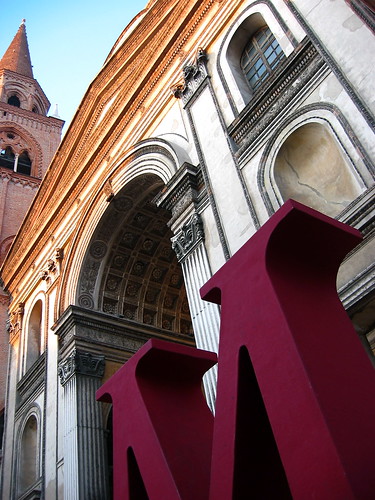If you read this blog you might know I use the yellow line underground to travel to work; without driving I’m plenty with time to read and, most of all, to let my mind run free. Early this week I was thinking on the strange way that took me from loving baggy pants to the way I dress today.
As I grow-up I’m loving tailor made stuff more and more. I have nice shirts, but I prefere my tailor made ones: they’re more confortable and they simply fit me. Same thing for my suites: most of my preferred are tailor made.
This is probably because of the years on your shoulders teach you how to fall in love for details and how to appreciate the uniqueness. Probably. For me at least.
Tailor-made has always been a synonym of richness. Just think about Ferrari cars: each one is made by hand following its owner’s desires. They even have a dedicated web site.
But we were talking about my thoughts, weren’t we. Yes sorry. Let’s get back to them. While thinking about the way life changed my taste I suddenly realized how the tailor-made=rich equation is becoming less and less common (by the way: my pal Marco helped me discovering a great tailor that prepares shirts for us for just 40 euros, drop me a line if you live in Milan and need her contacts).
Examples? Here they come: each morning I have personalized news and informations via my Bloglines feeds; I sleep on a latex
mattress that modifies according to my body shape and weight; I choose the films/shows I want to see at the time I want them on my IP TV (more to come with things such as Joost); etc. etc.
You might say this is not truly tailor-made; they’re just (very good) approximations of what tailor-made really is. And you might be right.
So what about future trends? I actually see two main trends in this area for the next years.
1. Atoms from bits
The first 3D printers are reaching our desktops with a price that’s more or less the price os a laser printers 15 years ago (or, if you like, you can build one by yourself); today they could be useful for rapid prototyping, but tomorrow? If you imagine a future rich in nanotechs you can then imagine to create your shirt in a 3D modeling environment and then making it real using your printer. Want more? Buy the specs of your favourite digital player and let your “printer” build it for you. Fully functioning.
Kinda too futuristic huh? I agree, even if I think that my generations will see this future. But take a look at the next trend.
2. Personalization through data-mining
Google, the greatest data miner on earth, has started the creation of synthetic models of real buildings, linking them to the original through Google Earth geodata and images.
Given a number of items big enough, you might “invent” an object and find a very similar one between these items. You just need a proper way to search for it; and Google is indexing the world: I can imagine to model an object I’d like to have, give the model to google, and shop for the (already existing) approximation of it. Nice huh?
I really think we already have the knowledge and the algorithms to perform such a project. Any Venture listening? (if the answer is es you might want to contact me via Linkedin)”

